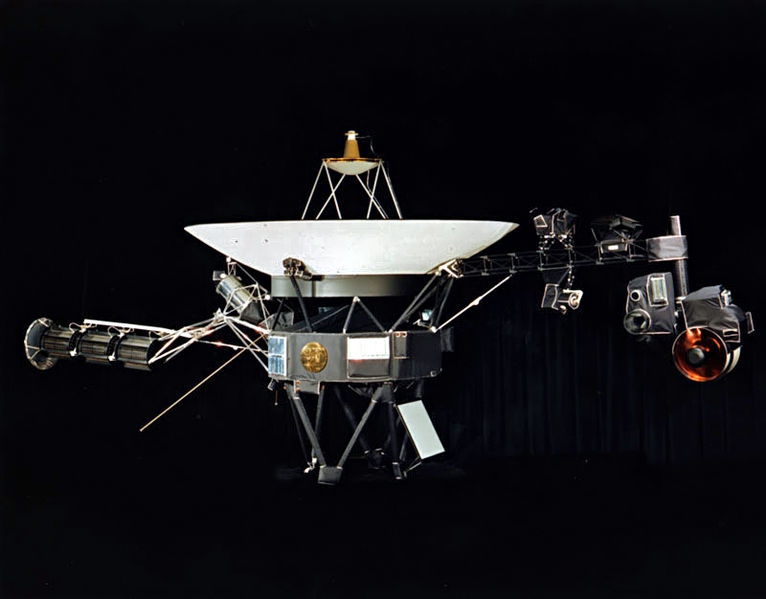One of my Facebook friends posted the above question and I thought it was a very valid thing to ask. In a world where we have to fill up our cars once (or more) a week, replace phone batteries after two years, and receive a constant supply of electricity to our homes, it's hard to imagine that a spacecraft that was launched in 1977 still has power.
Voyager I was just reported to leave the solar system, the first man-made object to do so. The spacecraft measures cosmic rays and magnetic fields and sends the data back to Earth to be analyzed by NASA scientists. They will continue to receive data form Voyager I until the power runs out in 2025.


 RSS Feed
RSS Feed

